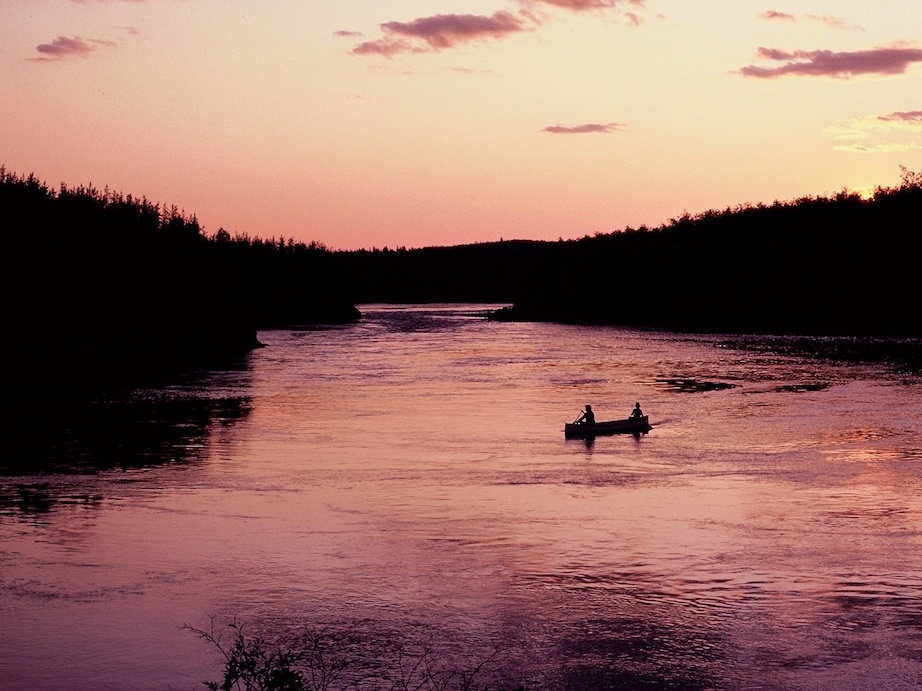This technique article originally appeared in Canoeroots and Family Camping magazine.
One of the toughest quandaries I had to overcome when deciding to have kids was the fear that I would have to curb my outdoor pursuits. I soon learned that kids are malleable; they can adapt to, and enjoy, just about any outdoor adventure when their basic needs are met.
Route Choice: This is wholly dependent on the temperament of the toddlers. Start with short day trips, then lengthen them accord- ingly, but don’t be afraid to think big. I took my two- and three-year-old kids on a 450-kilometre trip on Ontario’s Albany River. During those two weeks, plenty of gorp breaks and beach stops kept the kids happy, even on some 50-kilometre days.
Diapers: I generally despise disposables, but admit they are a godsend on canoe trips. You’ll need a barrel lined with garbage bags for either soiled disposables or dirty cloth diapers. The key is a liberal sprinkling of baking soda to keep the smell down and bears away.
Toys: Make room in the canoe for another small barrel full of toys, games and stuffed animals. Having these diversions readily available is essen- tial. Kids drop stuff overboard constantly, so you may want to tether in any “on-the-move” play toys, or risk perfecting your pivoting strokes.
Tents: A larger tent is a must. It’s a great play-place for toddlers and kids and will be well worth the extra effort it takes to pack it and carry it around when the bugs or weather are bad. A “family-bed” of sheets and throw blankets works best when toddlers need the security of their parents. Introduce toddlers to their own sleeping bags, and eventually an adjoining tent when they are ready, but if you rush it you’ll find they would rather stay home.
Bugs: Some might say I was cruel, but when my kids were toddlers I let them get bitten a little just to strengthen their immune systems. Today, black flies and mosquitoes don’t bother them, at least not enough to ruin an outing. That being said, some measures are sensible. I used to set up a light mesh tent at the end of portages where my wife and ba- bies could escape to while I carried over the gear. Sheets of loose bug netting can be draped over kid-carriers, and bug jackets are essential once they are a few years old. Don’t slather your kids with caustic repel- lent! A light dab of Tiger Balm, orange rind or citronella on the exposed backsides of their hands works well.
Safety: Your job is to plan well and remain calm if things get tense; your kids will pick up on neurotic behaviour and it may sour the next trip. As usual, safety comes down to attentiveness and common sense—don’t tether your kids to the canoe thwarts! There are excellent baby and toddler PFDs on the market. Make sure they wear them at all times, even around the campsite.
Invest some energy in making sure your kids travel in comfort and security when they are young and by the time they are seven or eight they will carry their own packs, paddle with efficiency and be full partners in your outdoor pursuits.
This article originally appeared in Canoeroots & Family Camping, Fall 2009. Download our freeiPad/iPhone/iPod Touch App or Android App or read it here.



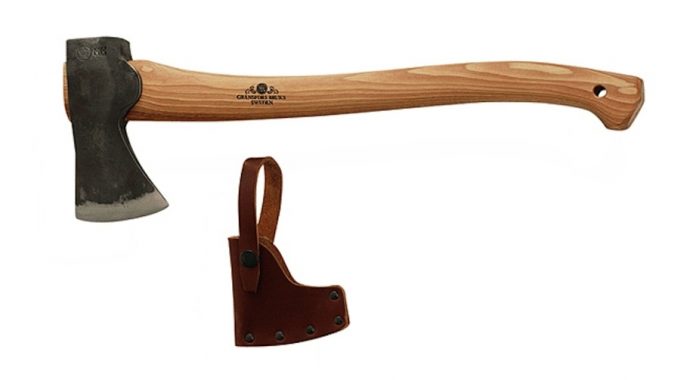
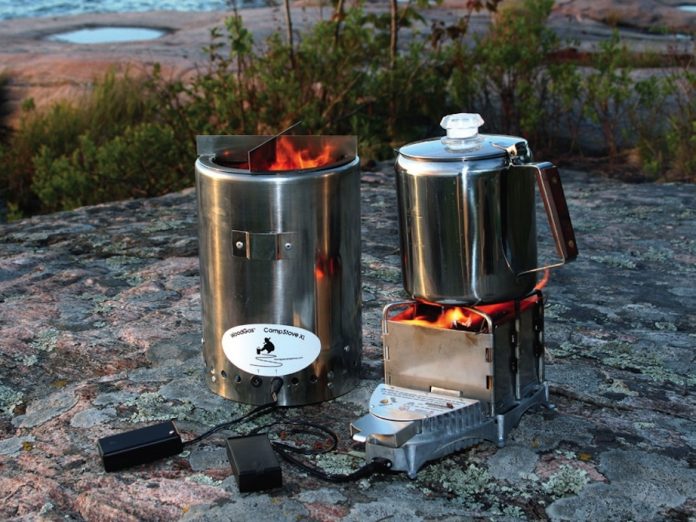
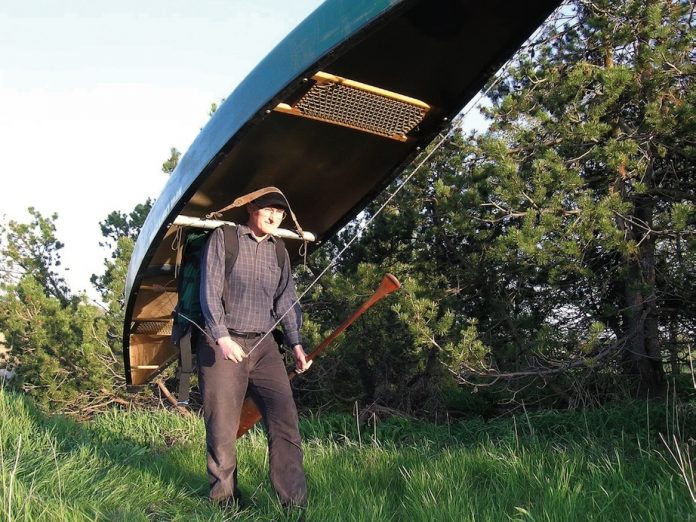
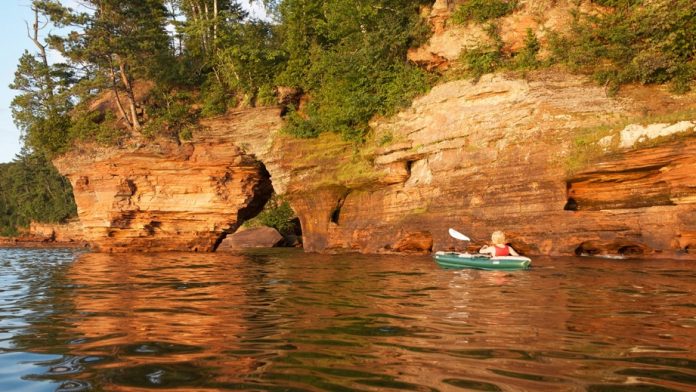

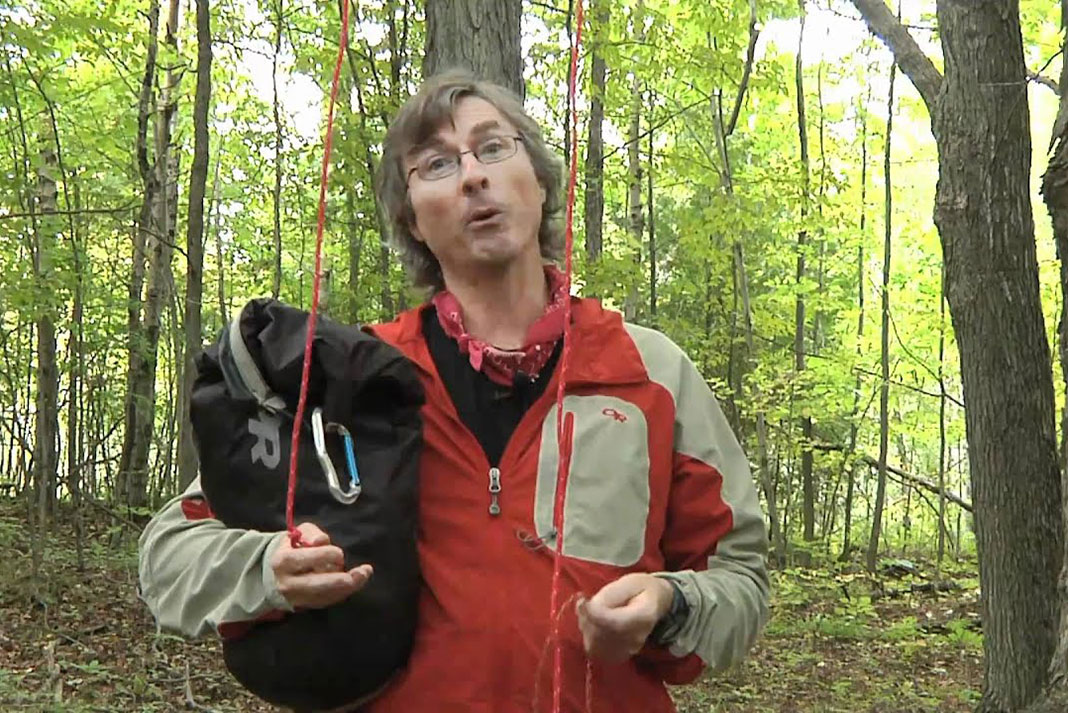



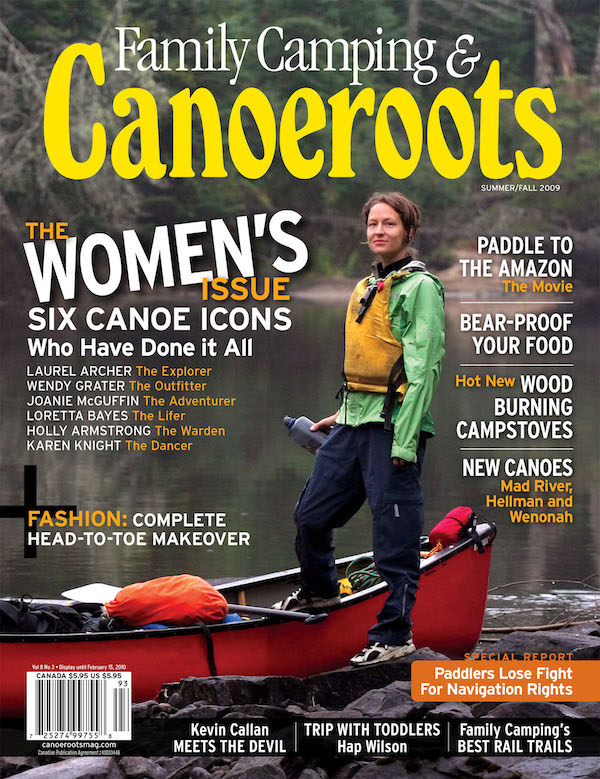 This article was first published in the Summer/Fall 2009 issue of Canoeroots Magazine.
This article was first published in the Summer/Fall 2009 issue of Canoeroots Magazine. 
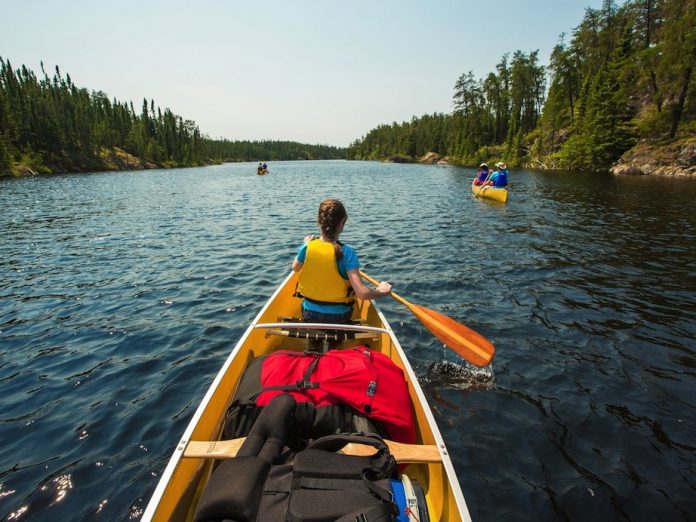
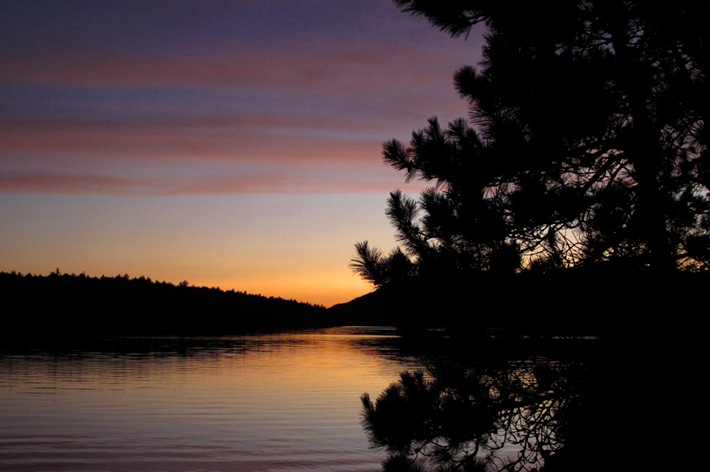 Join Louise Tanguay and Wally Schaber this September for an exciting photography experience on the Historic Dumoine River. Come and explore its many miles of beautiful unspoiled shorelines. The workshop is for the novice to the experienced amateur or professional. It will be hosted at the 200 year old timber main lodge of the Dumoine Rod and Gun Club. The Dumoine River is flanked by majestic white pine forests combined with spectacular falls and rapids. A nature photographer’s paradise. The Dumoine is a wilderness wild river that forms the boundary between Pontiac and Temiscamingue counties in Western Quebec. It is Western Quebec’s best known and most loved wild river that flows over 100 km from the Kipawa Highlands to the Ottawa River. Learn more by
Join Louise Tanguay and Wally Schaber this September for an exciting photography experience on the Historic Dumoine River. Come and explore its many miles of beautiful unspoiled shorelines. The workshop is for the novice to the experienced amateur or professional. It will be hosted at the 200 year old timber main lodge of the Dumoine Rod and Gun Club. The Dumoine River is flanked by majestic white pine forests combined with spectacular falls and rapids. A nature photographer’s paradise. The Dumoine is a wilderness wild river that forms the boundary between Pontiac and Temiscamingue counties in Western Quebec. It is Western Quebec’s best known and most loved wild river that flows over 100 km from the Kipawa Highlands to the Ottawa River. Learn more by 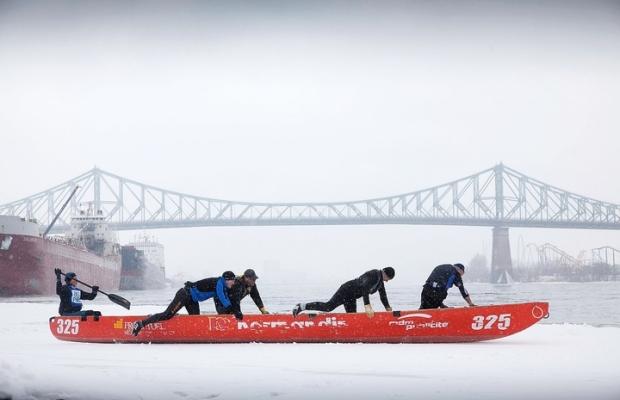 Athletes in the Ice Canoe Challenge competed on the frozen waters of the St. Lawrence River in Montreal on Saturday for this elite title. The race, in which paddlers push their canoes over ice and jump back in as they hit the water, returned after a 20-year hiatus and is a two-hour spectacle of endurance. Via
Athletes in the Ice Canoe Challenge competed on the frozen waters of the St. Lawrence River in Montreal on Saturday for this elite title. The race, in which paddlers push their canoes over ice and jump back in as they hit the water, returned after a 20-year hiatus and is a two-hour spectacle of endurance. Via  Water-resistant down has been touted as a total game-changer since it debuted to much fanfare at last year’s Winter Market, and the buzz only has grown since then. This breakthrough in insulation technology — which significantly reduces one of down’s biggest weaknesses, its dip in performance when wet, with a polymer treatment — is a shoe-in for market domination. Or is it? Via
Water-resistant down has been touted as a total game-changer since it debuted to much fanfare at last year’s Winter Market, and the buzz only has grown since then. This breakthrough in insulation technology — which significantly reduces one of down’s biggest weaknesses, its dip in performance when wet, with a polymer treatment — is a shoe-in for market domination. Or is it? Via  John Wood did more than win a silver medal at the 1976 Summer Olympics in Montreal. By finishing
John Wood did more than win a silver medal at the 1976 Summer Olympics in Montreal. By finishing 

